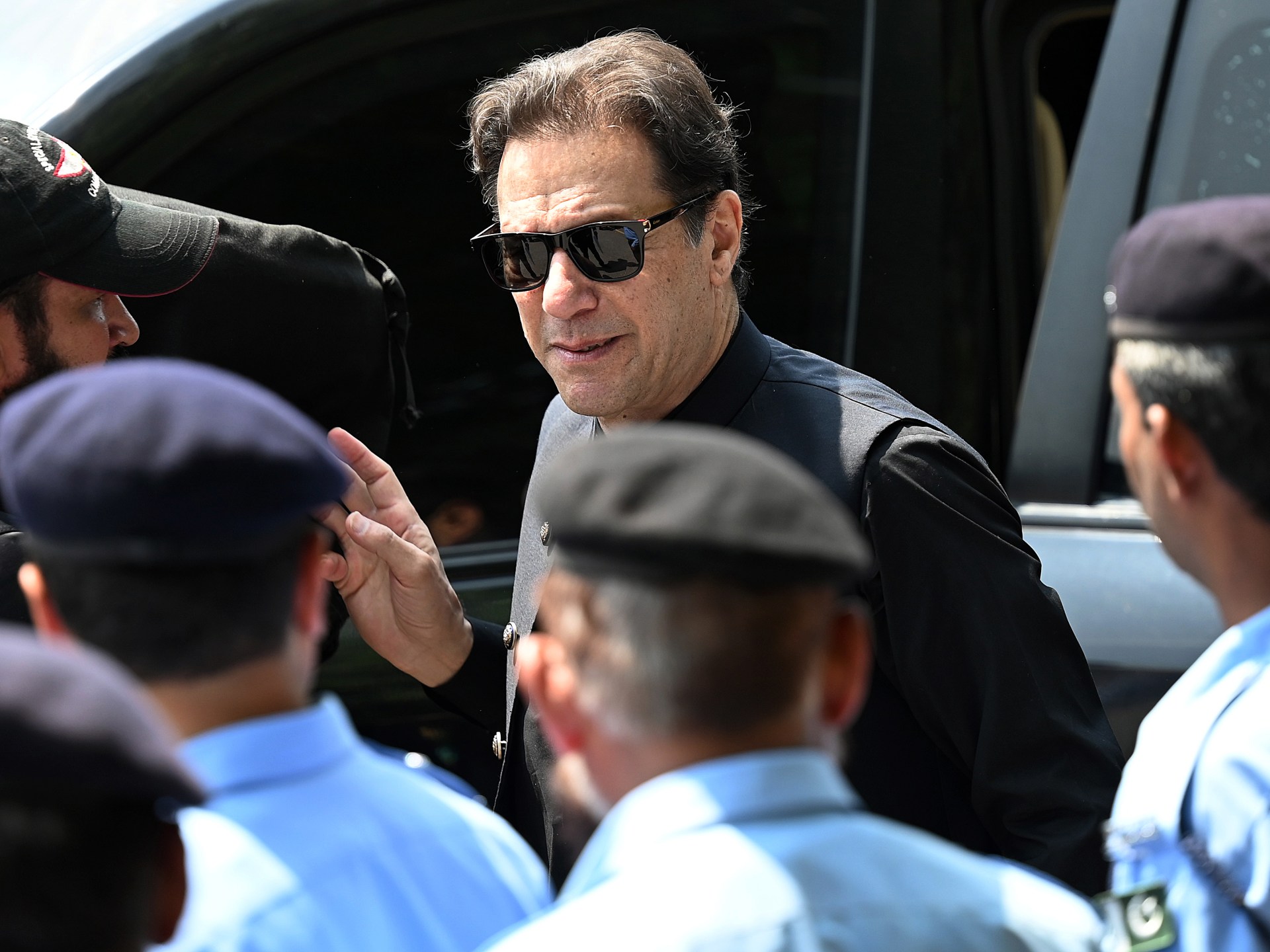A Climate Finance Goal That Works for Developing Countries — Global Issues
GENEVA, Jun 15 (IPS) – After years of failing to meet climate finance commitments, the new climate finance goal under discussion this week in Bonn is critical, but without supporting reforms of the global financial architecture we risk repeating past mistakes.
As cities across North America are covered with clouds of smoke caused by wildfires in Canada, negotiations on the New Collective Quantified Goal for climate finance continue in Bonn.
This goal will replace the climate finance commitment set in 2009, which aimed to mobilize $100 billion per year for developing countries by 2020. The $100 billion commitment, which in any case has not been met, will expire in 2025.
$100 billion is a fraction of what is needed
It’s commonly understood that the $100 billion goal is a fraction of what is needed to support developing countries to achieve climate goals in accordance with the Paris Agreement.
In the United Nations Framework Convention on Climate Change’s (UNFCCC) recent analysis of financing needs, developing countries require at least $6 trillion by 2030 to meet less than half of their existing Nationally Determined Contributions.
By comparison, official data from the Organisation for Economic Co-operation and Development (OECD) assessed total climate finance flows from developed to developing countries at $83.3 billion in 2020, and Oxfam estimates that the real value is about one third of that, around $21 billion to $24.5 billion.
Furthermore, climate finance continues to be predominantly delivered as loans, including a large share of non-concessional financing, exacerbating sovereign debt issues that have been growing across regions and income groups.
New goal must respond to demonstrated needs
Instead of being based on arbitrary targets, the new goal must rigorously quantify and respond to countries’ demonstrated needs and be tracked based on an agreed methodology that can prevent the double-counting and significant overestimations of the past.
Developing countries face the double challenge of simultaneously investing in development and in climate mitigation and adaptation, while addressing the costs of loss and damage.
The scale of this challenge is staggering when close to 900 million people in the world don’t have access to electricity, and more than 4 billion people don’t have a social safety net they can rely on.
But advancing green industrialization and diversification, raising public investment and social protection, and preparing and responding to multiplying climate disasters all depend on increasing access to finance.
UNCTAD’s estimate in 2019 was that delivering both climate and development goals demanded $2.5 trillion of annual financing for developing countries, a number that will have risen since then due to the pandemic and ongoing economic and financial shocks.
Financing options that are fair, sufficient and politically feasible are achievable and UNCTAD has recommended reforms to the global financial architecture that would help deliver climate and development finance at the appropriate scale.
Four priorities for climate finance
UNCTAD outlined four priorities at an event entitled “Options for Scaling Climate Finance” co-hosted with the German development agency GIZ and The Energy and Resources Institute at the Bonn Conference on 6 June.
The first and most urgent priority is debt distress: 60% of low-income countries are in, or on the edge of, debt distress and are spending an estimated five times more on debt servicing than on climate adaptation every year, undermining future resilience and growth prospects.
Debt-creating instruments are not a sustainable climate finance option in the current context. Instead, these countries need urgent debt relief. A longer-term goal should be to establish a multilateral debt workout process that can help countries break the vicious debt and climate cycle.
This also implies increasing grant-based sources of financing, however both Official Development Assistance and climate finance flows have been decreasing in real terms. As well as reversing these trends, multilateral sources of financing must be scaled up.
A second priority should be to consider innovative ways to deploy the IMF’s Special Drawing Rights (SDRs) to maximize their climate and development impact while retaining their benefits as a conditionality-free, debt-free source of liquidity.
This could include rechanneling SDRs to multilateral development banks (MDBs), addressing allocation issues to ensure SDRs go to where they are needed most, or considering more ambitious approaches such as new SDR asset classes with specific purposes such as climate resilience.
Another source of additional financing is the global network of hundreds of government-backed development banks at all levels – multilateral, regional and national – as the most direct way to increase the availability of development finance.
These banks have a long-term horizon and counter the pro-cyclical tendencies of private finance, as well as local knowledge and expertise to forge solutions across countries and regions. Climate finance from MDBs cannot only target the technical part of transitions, but also support communities with managing the social and economic costs of a green transition.
Developed countries can use their shareholder power to increase the capitalization of their MDBs, while MDBs and regional development banks could seek new members to get additional capital, following the example of the New Development Bank (NDB), to support more green investments.
The fourth consideration is how to mobilize private finance towards climate goals. As well as using incentives, there needs to be discipline in the form of regulatory measures to drive productive investment and alignment of private finance flows with the Paris Agreement.
While new climate-related instruments such as environmental, social and governance financing, green bonds and climate-debt-swaps may signal recognition of climate change, they continue to be far smaller in scale than required.
Also, there is a clear and evidenced risk of greenwashing that necessitates increased regulatory oversight, otherwise these tools will become distractions that exacerbate financing challenges.
As UN Secretary-General António Guterres said in response to the North American wildfires, “we’re running out of time to make peace with nature, but we cannot give up.”
The financing options outlined here offer a starting point to ensure that a new goal for climate finance can meet the challenge of the moment, supporting all developing countries to achieve their climate goals.
Richard Kozul-Wright is Director of the Globalization and Development Strategies Division, UN Conference on Trade and Development (UNCTAD), Geneva.
IPS UN Bureau
Follow @IPSNewsUNBureau
Follow IPS News UN Bureau on Instagram
© Inter Press Service (2023) — All Rights ReservedOriginal source: Inter Press Service
Check out our Latest News and Follow us at Facebook
Original Source





